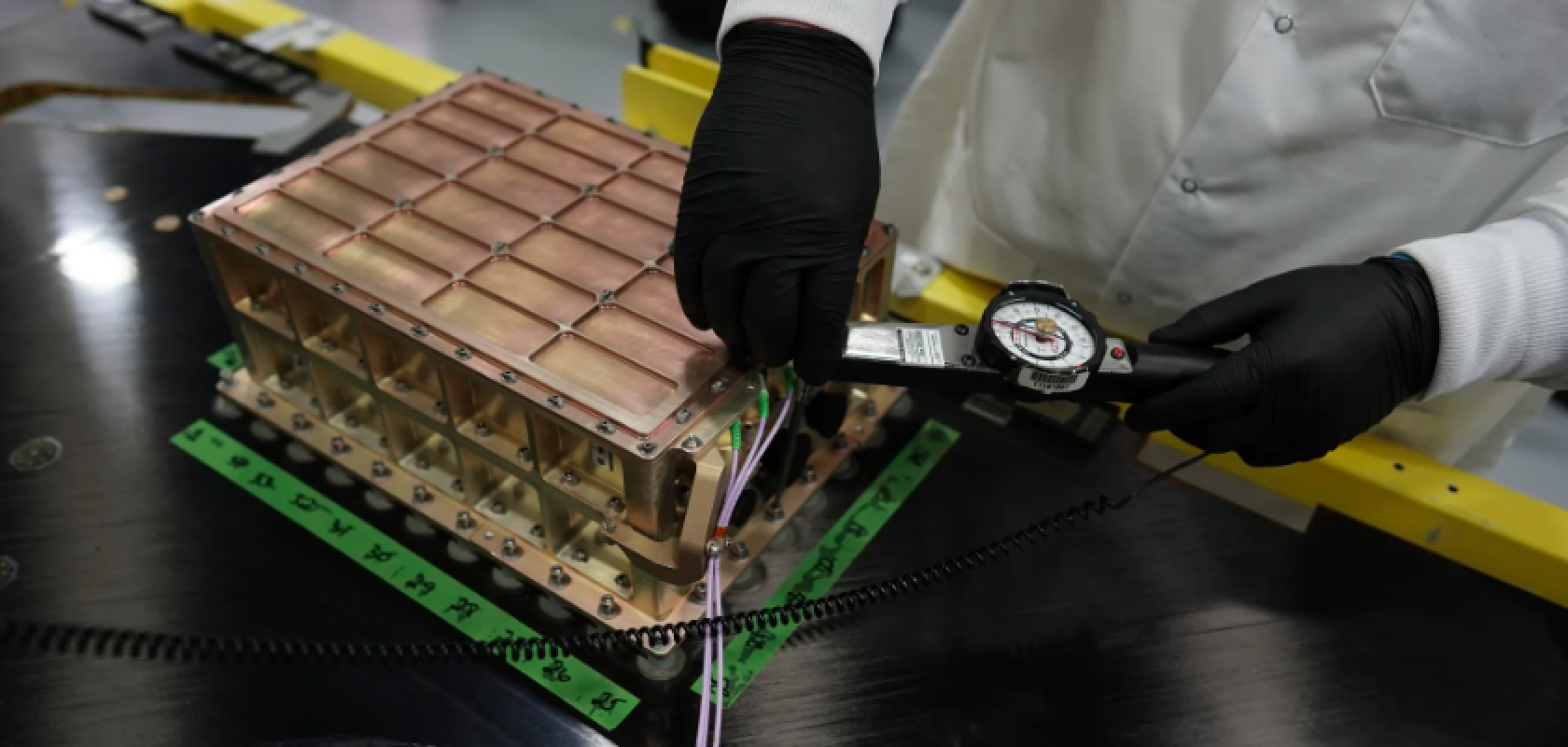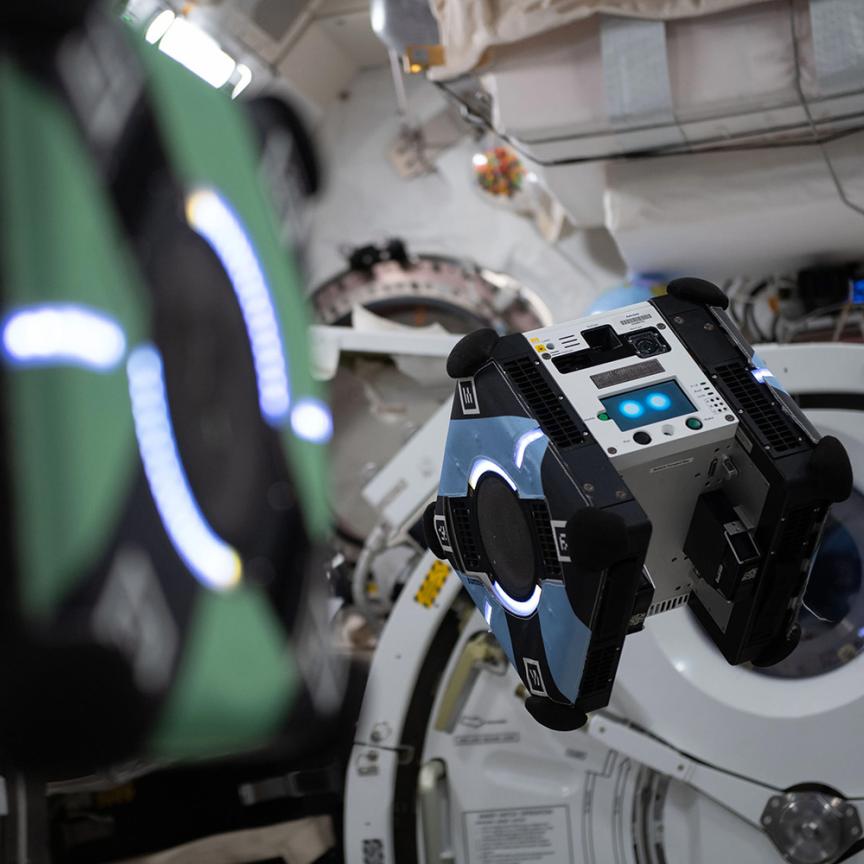Intuitive Machines, NASA’s commercial lunar delivery services provider, is set to launch its Nova-C lunar lander with a navigation doppler lidar (NDL) payload.
The lander is set to launch as part of Intiutive's IM-1 mission, in coordination with SpaceX, on 14 February from NASA’s Kennedy Space Center in Florida. It has completed all integration milestones and is encapsulated within SpaceX’s payload ready for the mission.
IM-1 will be Intuitive Machines' first attempted lunar landing as part of NASA’s Commercial Lunar Payload Services initiative and its wider Artemis lunar exploration efforts. The science and technology payloads delivered will lay the foundation for human missions and a sustainable human presence on the lunar surface.
Intuitive Machines President and CEO Steve Altemus said: “As we prepare to embark on our IM-1 mission to the Moon, we carry with us the collective spirit of perseverance, fuelled by the dedication and hard work of everyone on our team. Their tireless efforts have brought us to this moment, where we stand on the precipice of history, humbled by the gravity of our mission, yet emboldened by the boundless possibilities that lie ahead.”
Harnessing lidar to better understand the lunar surface
In the era of the Apollo missions, radar systems were used in combination with astronaughts looking out of a view port, to land the Lunar Module.
"NDL is going to help take the burden off the crew, with a much smaller, lower power and more accurate instrument," says Dr Glenn Hines, NDL Chief Engineer at NASA Langley.
The NDL payload is an innovative guidance system developed by NASA’s Langley Research Centre under the agency’s Space Technology Mission Directorate.
The lidar aboard the payload is far more precise than the radar systems of old, which used radio waves that cover a large area on the ground. This meant that smaller craters and other lunar surface features could ‘hide’ from detection and cause unexpected hazards for landers. Radio waves are also unable to measure velocity and range independently of one another, an essential capability for achieving precision during landing.
The NDL instead works by sending laser pulses to the lunar surface through three telescopes, which is then reflected back into a detector. As the landing module approaches the lunar surface, the change in frequency of the returning signal – known as the Doppler effect – allows the lidar to measure velocity. At the same time, the distance is gauged based on the travel time of the light (to and from the target). Both are determined far more precisely and accurately than can be done using radar.
While the mission is an opportunity to demonstrate the NDL technology in use, data captured by the NDL is not considered mission-critical for the successful landing of Nova-C, as Intuitive Machines has its own navigation and landing systems.
Exploring future uses of NDL technology
The NASA Langley team is already working on the next-generation of NDL, having developed a companion sensor in the form of a multi-functional flash lidar 3D camera. The technology can survey the terrain even in darkness, allowing space exploration to go ‘anywhere, anytime’, according to NASA.
Beyond landing on extraterrestrial surfaces, NDL could also have application in helping self-driving cars navigate local streets and highways.


